| Plant Habit: | Tree |
| Life cycle: | Perennial |
| Sun Requirements: | Full Sun |
| Water Preferences: | Mesic Dry Mesic Dry |
| Soil pH Preferences: | Moderately acid (5.6 – 6.0) Slightly acid (6.1 – 6.5) Neutral (6.6 – 7.3) |
| Minimum cold hardiness: | Zone 4b -31.7 °C (-25 °F) to -28.9 °C (-20 °F) |
| Maximum recommended zone: | Zone 8b |
| Plant Height: | 30 to 40 feet, rarely to 60 feet |
| Plant Spread: | 40 to 50 feet |
| Leaves: | Good fall color Deciduous Other: 5 to 8 inch, soft green with pubescent reverse. Leaves turn various shades of yellow in autumn. |
| Fruit: | Showy Other: 2 to 3 edible nuts are encased in spiny, dehiscent burs. |
| Fruiting Time: | Late summer or early fall |
| Flowers: | Showy Fragrant |
| Flower Color: | Other: Yellowish-white |
| Bloom Size: | Under 1" |
| Flower Time: | Late spring or early summer |
| Underground structures: | Taproot |
| Uses: | Shade Tree |
| Edible Parts: | Fruit |
| Resistances: | Deer Resistant Rabbit Resistant Drought tolerant |
| Pollinators: | Various insects |
| Containers: | Not suitable for containers |
| Miscellaneous: | Tolerates poor soil Monoecious |


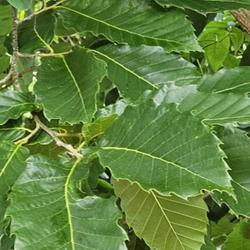
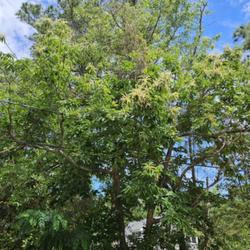
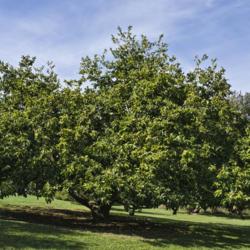








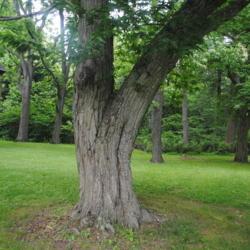


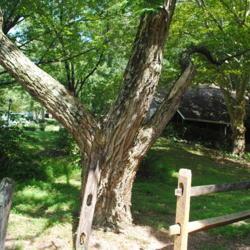


| WebTucker | On May 19, 2023 | Bloomed |